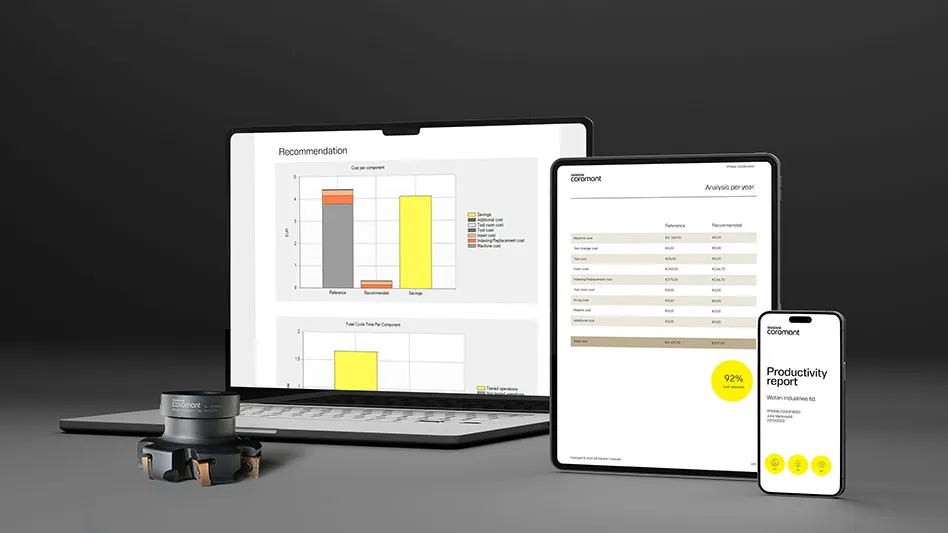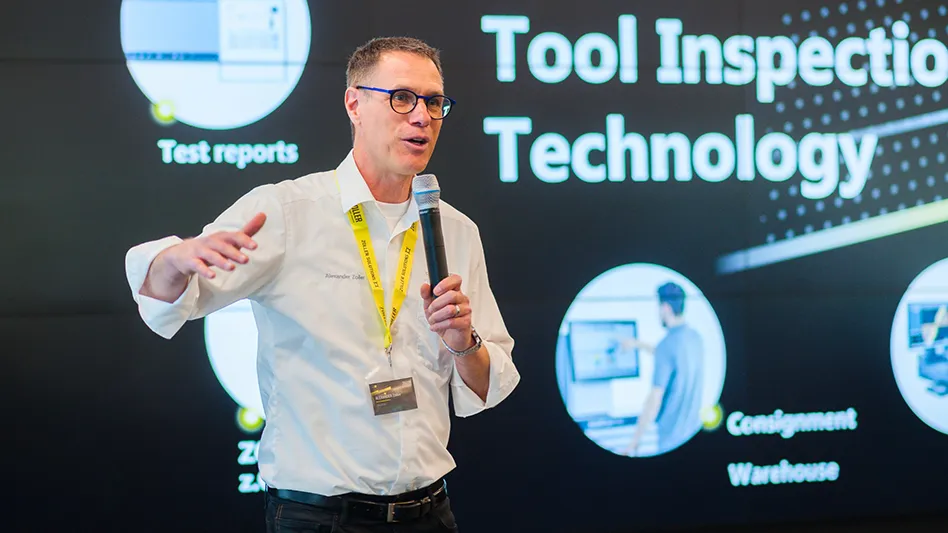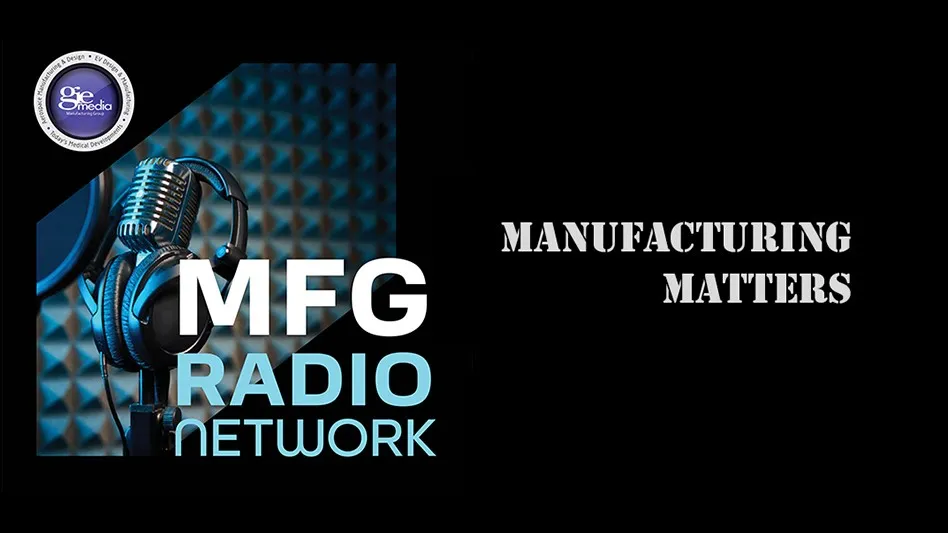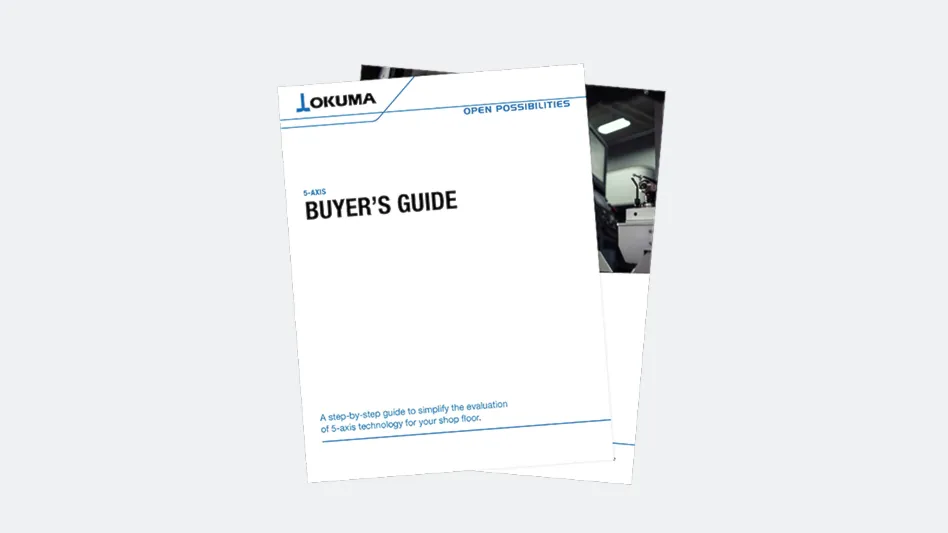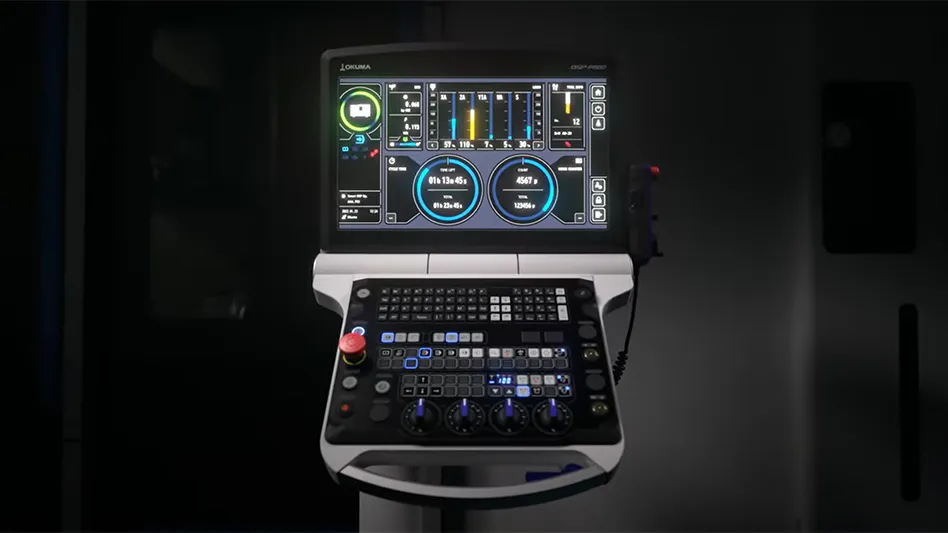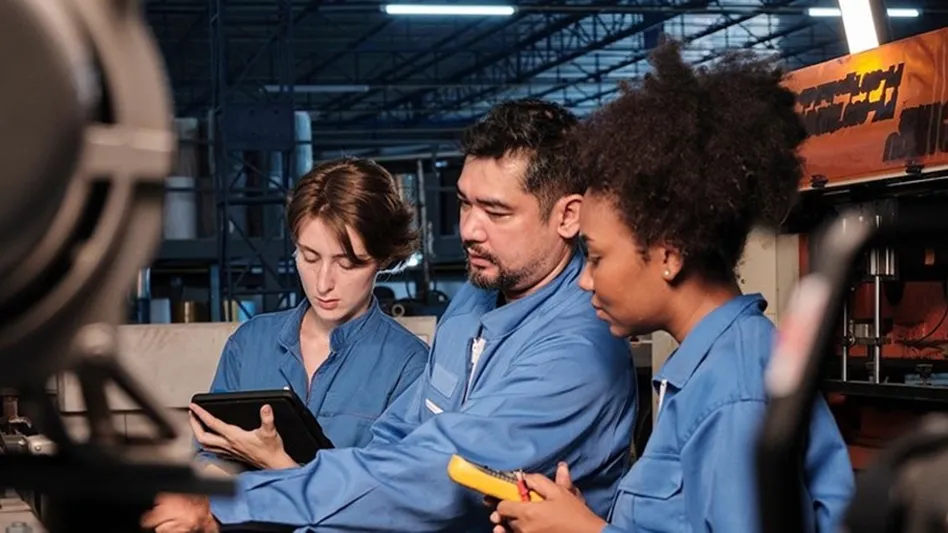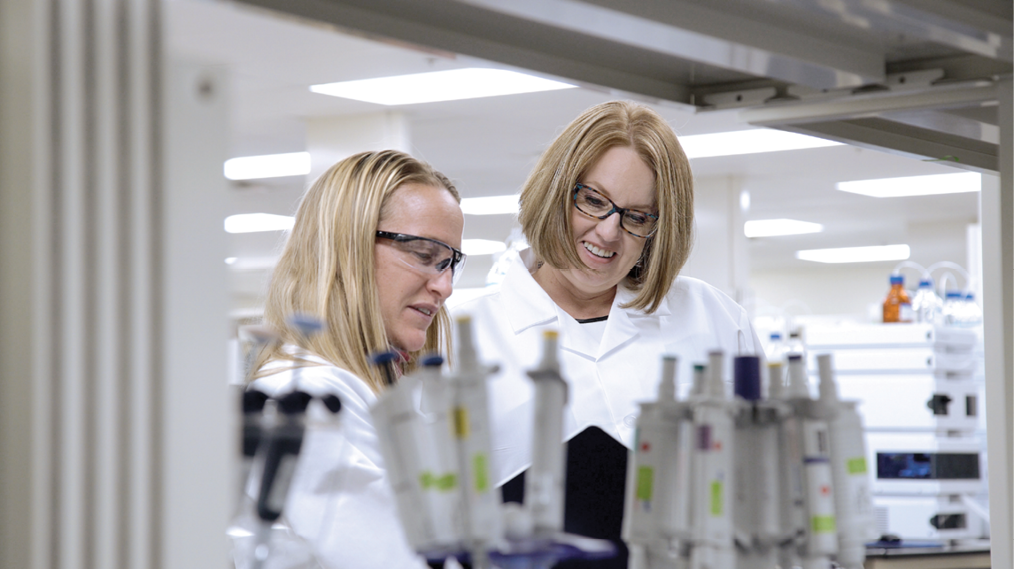
Anticipation is growing for 2020, with the world’s top athletes preparing to compete in the summer Olympics and medical device professionals feverishly preparing for the European Union (EU) Medical Device Regulation (MDR).
High-level athletes have learned that preparation on the front end is key to getting to the games. Shortcuts and procrastination lead to injuries and missed dreams – the difference between being at the games in person or watching from their couches. Similarly, the decision to prepare for MDR now or wait will impact whether product lines are on the market after May 26, 2020.
To ensure MDR compliance, take a page from top athlete training programs by engaging internal and external teams, as well as performing rigorous testing.
Before diving into specific testing plans, look at the impact the regulation will have on medical devices.
MDR implications
MDR’s goal is to minimize regional regulatory differences and establish a more uniform set of global compliance standards that focus on quality of care and patient safety. MDR compliance will be a mandatory prerequisite to access the EU. Every Class III medical device and Class I reusable device (Class Ir), whether new or on the market for decades, will require submission of a technical file and risk assessment that proves safety and compliance.
Implantable devices (Class III), will require updated clinical data and technical documentation to support the safety of each device.
In addition to updated clinical data and technical documentation, Class Ir devices, such as surgical instruments and endoscopes, will need an MDR CE mark to be permitted in the market. Class Ir devices will not be granted extensions or grandfathered in. To obtain a new CE mark for a Class Ir device, manufacturers will be responsible for demonstrating that their instructions for use (IFUs) are adequate and comprehensive by submitting a detailed technical file that validates the cleaning, disinfection, and sterilization processes under worst-case conditions to the latest standards and regulatory expectations.
Internal, external teams
Top athletes work on a team and have a coach to help them along the way. Similarly, medical device original equipment manufacturers (OEMs) should build an internal cross-functional team and partner with an external testing laboratory or contract research organization (CRO). A variety of perspectives can maximize chances of rapidly achieving regulatory approval.
Internal teams should include members from various departments across the organization, including (but not limited to) research and development (R&D), quality, product management, procurement, and executive management. Together, they can evaluate how the new regulation will impact products and perform a gap analysis, which requires gathering all existing data and evaluating current product portfolios to identify where pre-clinical testing is needed.
If large gaps in data are identified by your internal team, enlisting an external testing laboratory or CRO to recommend and perform testing is prudent. However, not every testing laboratory or CRO provides the same level of service or capabilities, so have criteria in place when engaging with a partner to meet those needs.
Consultation can determine the best tests to execute to prove the safety of the products. Some testing laboratories or CROs provide consultation on product lines and file history. A CRO can also perform a gap analysis and provide recommendations on where to start to save the internal team’s time and kick off the process sooner.
Expertise is critical as the technical and regulatory landscape changes. Make sure the testing laboratory or CRO is knowledgeable and up-to-date on the changes and impact to devices. Choose a partner who spends time watching and interacting with regulators to understand testing.
Testing can be complex. Not every testing laboratory or CRO has the chemical expertise and analytical methods to perform a robust extractable/leachables (E/L) study. It is a red flag if a CRO reports unknown chemicals in their reports, suggesting they may not have the expertise or analytical methods required to perform robust chemistry.
Stringent testing
Before competing, prospective athletes for the 2020 Olympic Games will have to pass drug tests to ensure they are clean. Medical devices will also be under scrutiny. There are three phases involved in a complete biological evaluation to comply with the updated ISO 10993-1 and MDR.
Complete physical and/or chemical information tests identify all the component materials, including polymers, plasticizers, colorants, additives, processing aids, and impurities in the device. This test identifies the full range of chemical constituents to ensure they are not harmful to patients. In addition to a chemical characterization test, devices often undergo an E/L study, especially for products with prolonged or long-term exposure and/or products that are in contact with circulating blood. E/L studies challenge device materials against aggressive solvents to extract and determine what chemicals could leach from a device throughout time and at what amount.
Toxicological risk assessment establishes the margin of safety for each identified chemical listed on the chemistry report. During this assessment, unknown chemicals are evaluated under worst-case scenarios (i.e., mutagenic). Even very low quantities of unknowns can result in an unfavorable assessment. This test accurately identifies risk and determines which biological tests are needed.
Biocompatibility testing looks at how the device reacts to living cells through in vitro and in vivo assays. Often chemistry and risk assessments can work to meet some biocompatibility endpoints, such as genotoxicity and sub-acute/sub-chronic toxicity, reducing the need for additional testing. Working in tandem with chemistry and risk assessment, biocompatibility provides valuable information, especially for local effects, to produce a complete data set to support the safety of the device.
Once the data is gathered, the device is ready to be submitted to a notified body for review. Notified bodies are going through their own transition processes which require re-designation and notification to be eligible to review and approve devices. Contacting a notified body may not seem like a priority now, but it is. The number of notified bodies is shrinking, and the ones remaining will have less capacity. In addition, increased specialization of notified bodies is expected.
The year 2020 brings a lot of anticipation. Even if you’re not competing for an Olympic medal, there’s a lot on the line. Channeling the preparation methods of the top athletes in the world can help ensure that the right team is in place with tests available so no deadlines are missed.
WuXi AppTec
https://www.wuxiapptec.com
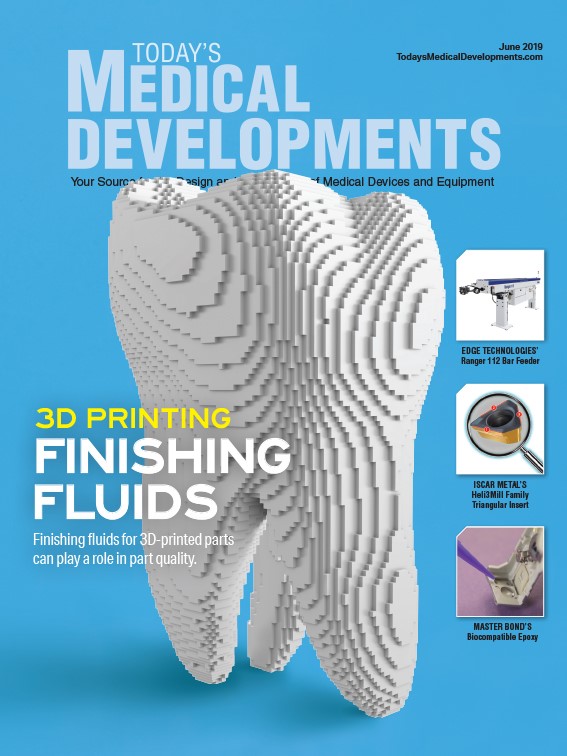
Explore the June 2019 Issue
Check out more from this issue and find you next story to read.
Latest from Today's Medical Developments
- Tsugami America’s Technical Center in Minnesota
- RobOps Copilot for AI-powered robot optimization
- US companies invest heavily in robots
- #34 Lunch + Learn Podcast - Cobots' potential to revolutionize aerospace manufacturing with Techman Robots
- Universal Robots announces seamless integration with Siemens PLCs
- This month's Manufacturing Lunch + Learn is May 16
- Ultrahuman wearable technology
- Additive Manufacturing for Aircraft Cockpit Interior Components
